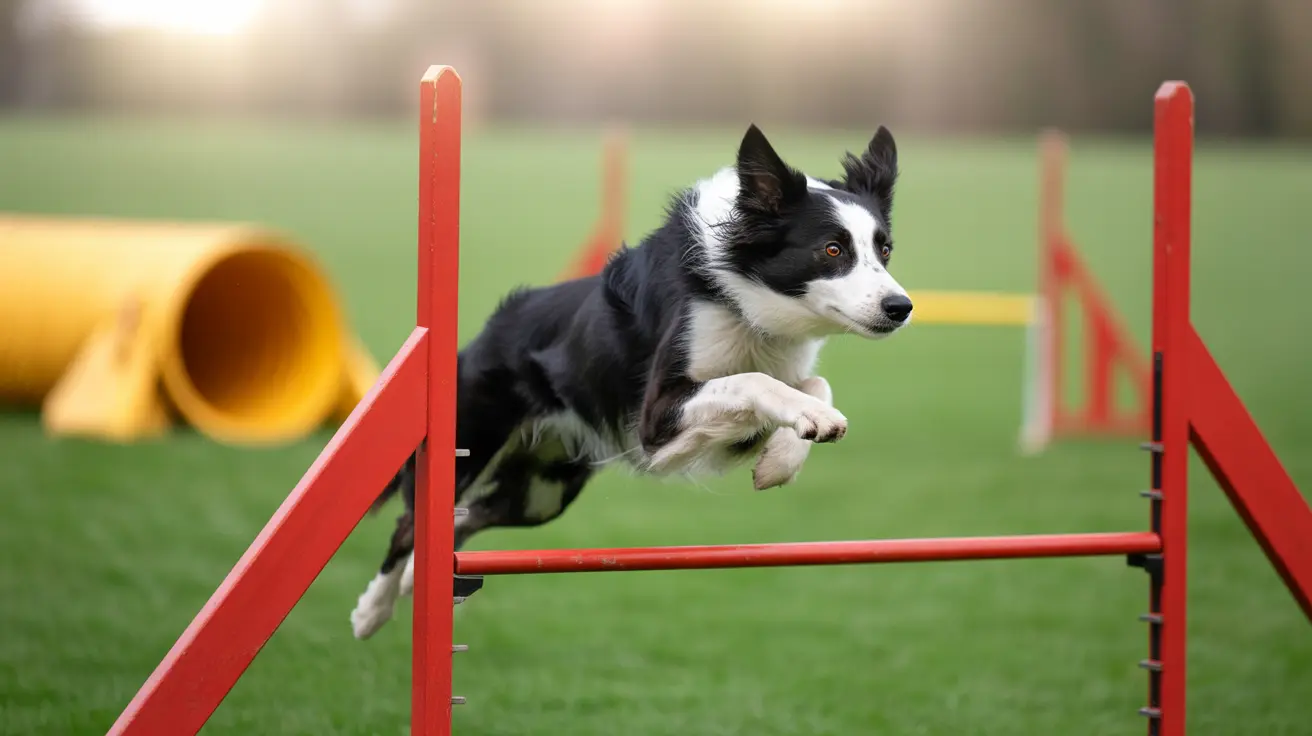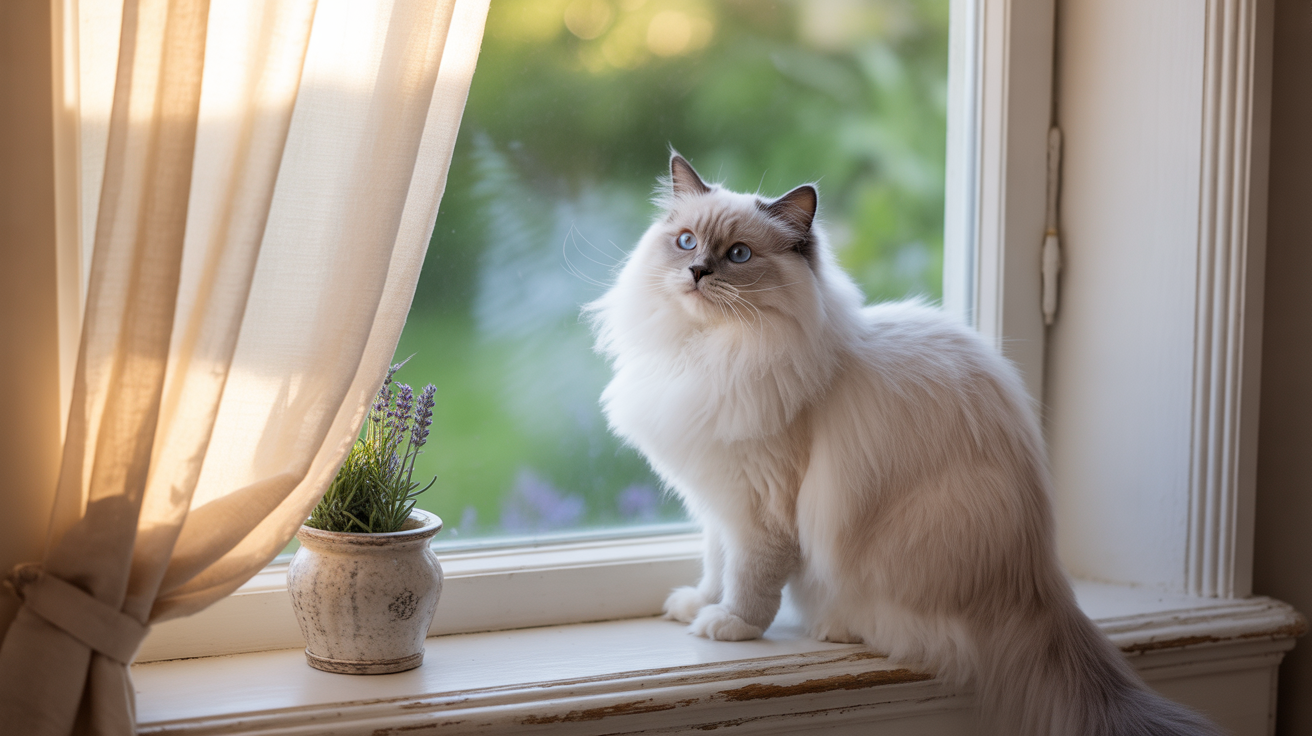How to Treat Your Dog's Wound at Home Safely
Treating your dog's wound at home can be manageable if the injury is minor and doesn't exhibit signs of infection or trauma. Understanding the type and severity of the wound is crucial to determine if home care is feasible.
Types of Dog Wounds
- Minor cuts and abrasions: Superficial scratches caused by rough play or brushing against sharp objects.
- Deep lacerations: Require professional evaluation due to depth and bleeding risk.
- Bite and puncture wounds: High infection risk; usually require vet attention.
- Burns: Need specialized care based on severity.
- Hot spots: Moist, inflamed skin areas requiring proper topical treatment.
- Surgical wounds: Post-operative care should follow vet instructions strictly.
When to See the Vet
If the wound is large, deep, continues bleeding, has embedded objects, or is near sensitive areas like the eyes or joints, consult a vet immediately. Additional signs indicating the need for veterinary care include:
- Exposed bone or muscle
- Signs of infection: redness, heat, pus, or bad odor
- Swelling or lack of healing over time
- Dog seems lethargic or has a fever
Essential Supplies for Home Care
Keep a pet first aid kit containing:
- Muzzle (for safety)
- Pet-safe antiseptics (2% chlorhexidine or povidone-iodine)
- Sterile gauze and non-stick dressings
- Self-adhesive bandages
- Tweezers and blunt-tipped scissors
- Antimicrobial ointment for dogs
- Clean towels and gloves
- Elizabethan collar to prevent licking
Step-by-Step Wound Treatment at Home
- Restrain your dog gently but securely, using a muzzle if needed.
- Evaluate the wound: check for depth, active bleeding, or foreign objects.
- Stop bleeding by applying pressure with sterile gauze.
- Remove debris carefully with tweezers only if it’s safe; avoid deep removal attempts.
- Shave fur with electric clippers if needed for better access to the wound.
- Clean the area using lukewarm water or saline (1 tsp salt per 500 mL water).
- Apply antimicrobial ointment.
- Bandage the wound snugly but not too tightly; allow ventilation.
- Use a cone to keep the dog from licking or scratching the wound.
- Monitor daily for signs of infection, and clean/bandage as needed.
Special Considerations
- Facial or abdominal wounds should not be handled at home without consultation.
- Post-surgical wounds require adherence to vet instructions, including medication and limiting activity.
- Broken nails? Stop bleeding with styptic powder and consult a vet for potential removal.
Prevention Tips
- Supervise your pet during play and avoid hazardous areas.
- Keep your yard clear of sharp objects.
- Ensure up-to-date vaccinations, especially for rabies in the case of bites.
- Use leashes appropriately to avoid accidents.
Final Note: Always err on the side of caution. If you have concerns or the wound worsens, consult your veterinarian promptly.





